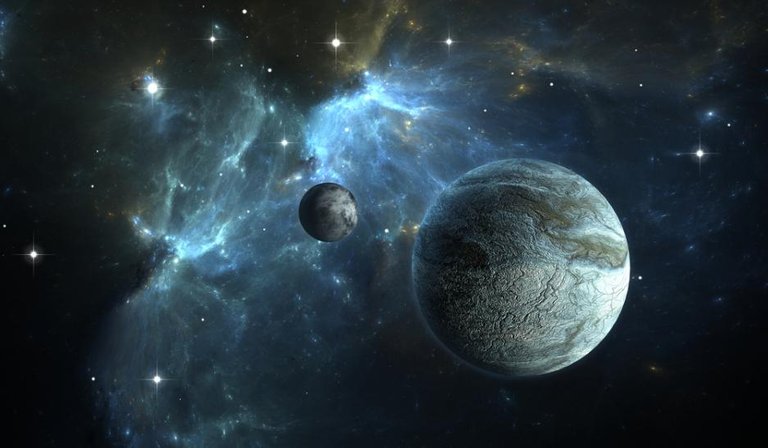
One of the most astonishing facts we know today because of science is that there are hundreds of billions of planets in our galaxy.
Now, however, their number seems to be negligible compared to the vast amount of "wild" planets that roam untied and undisturbed among the stars.
Astronomers have long suspected the existence of worlds that have no stars and are free to travel around space. Now we know for sure. Recently, scientists at the University of Hawaii (USA) have discovered the free-floating planet PSO J318.5-22. The mysterious world is 80 light-years from the Earth, has a mass six times greater than that of Jupiter, and is at a fairly fragile (for a planet) age of 12 million years. The discovery was made with the Pan-STARRS 1 infrared telescope located on Mount Haleakala on Maui Island.
According to the existing theories, such planets-wanders arise in two ways. In one case, the planet is thrown out of its planetary system due to the gravitational impact of other celestial bodies. There is also the hypothesis that these strange worlds can arise from the dust clouds themselves in the interstellar space.
After all this, let's go back to the most impressive (and disturbing) fact associated with the wandering planets - their number. According to the current estimates for each star in the Milky Way, there are 100,000 (one hundred thousand) free-spirited worlds.
wow, interesting!
thanks @zvezdovica!